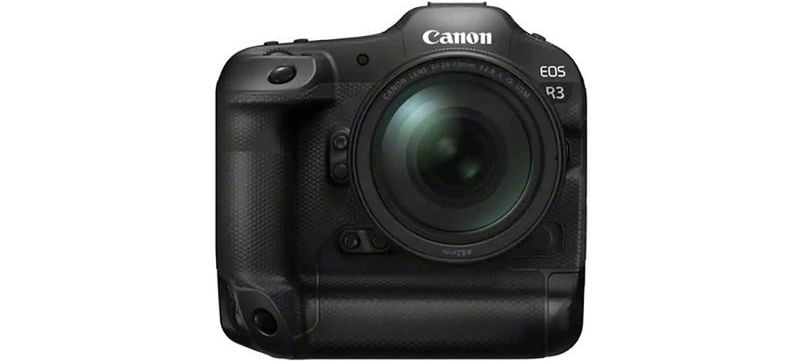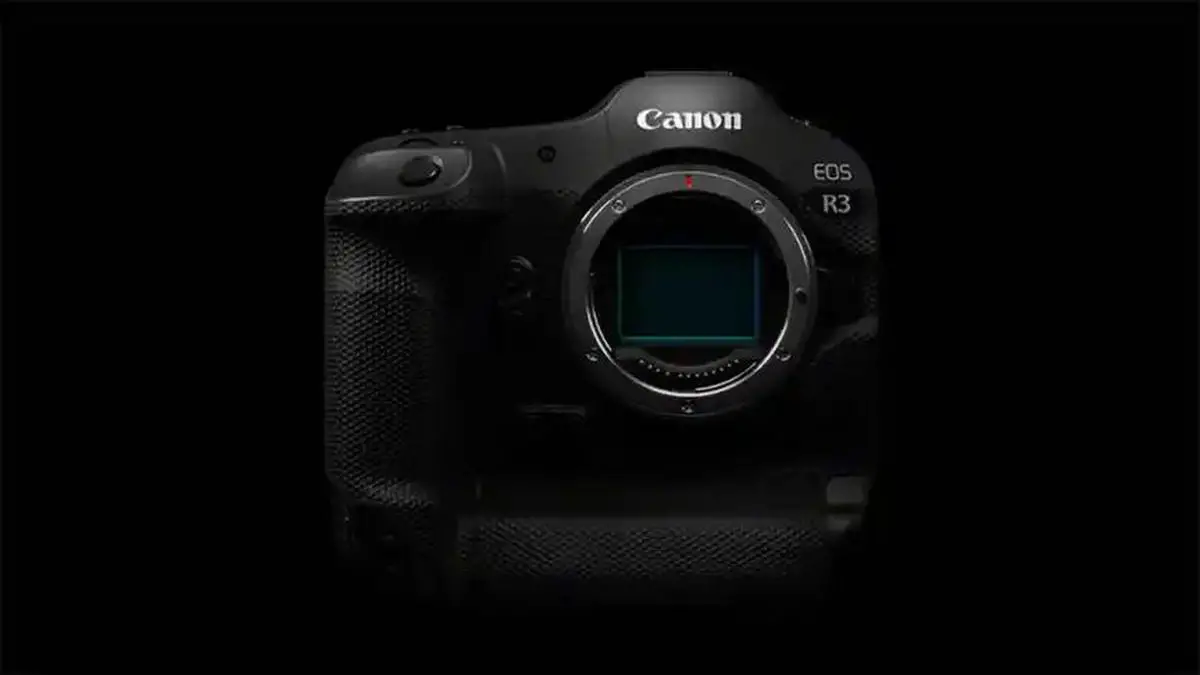Canon has unveiled the development of what will be its most powerful mirrorless camera: the Canon EOS R3, a professional hybrid between the Canon EOS R5 and the 1DX Mark III.
With photography and video relegated at the feet of smartphones in the consumer arena, firms are putting out their most serious shows of force in the form of cameras. In some countries, without going any further we have many examples, such as the recent Sony A1, the announced Nikon Z9, and the Canon EOS R5 and R6.
And although these last two camera models have proven to be real beasts for professional photographers and videographers, there was a gap to be filled in Canon’s catalog. The company has announced the first details of the Canon EOS R3, which will be the flagship of the R family in the future.
This announcement gives us a glimpse of Canon’s intention to present the perfect hybrid between the Canon EOS R5, its best mirrorless camera to date, and the Canon EOS 1DX Mark III, its professional large-format SLR designed for photojournalism.
Canon EOS R3 specs
It should be clarified that this is the announcement of the development of the camera and not the announcement of its official launch. For that, we will have to wait a little longer, although Canon has seen fit to emphasize the purpose of this camera and especially its position in the catalog. Because yes, for all practical purposes, we are talking about the brand’s best hybrid.
In essence, it is the result of mixing the best of the ultra-professional SLRs of the 1DX range and the mirrorless EOS R. The camera, designed for photojournalists and sports and journalism videographers of all kinds, inherits the best qualities of both worlds.

But first, what’s new. It will incorporate a new processor, the DIGIC X, and will have a 30 fps shooting capability with AF tracking, as well as a new image sensor, the BSI CMOS. It will debut a second version of the famous Dual Pixel autofocus system, which will feature eye, head, and body tracking. It will be usable with AF and little distortion will be obtained using the electronic shutter.
It will use the RF mount seen on the R5, R6, R, and RP and along with the announcement of the camera, 3 highly professional lenses will be released, such as the RF 400mm F2.8L IS USM, the 100mm F2.8 MACRO and the RF 600mm F4L IS.
The first data of the EOS R3 show us a camera that obviates the reduced body of the mirrorless R in favor of a body that strongly reminds us of the 1DX Mark III; it will be a huge camera, with a vertical grip integrated directly into the body and that will give us the advantage of having a greater resistance in case of using it in difficult environments at the meteorological level. Something similar, again, to what the competition has proposed, as is the case of the Nikon Z9.
This will be the first digital EOS from the brand to use the Eye Control function, which will allow the photographer to select and move the AF point simply by looking through the viewfinder, using our eyes. This will be great for sporting events or press conferences, where fast focusing is needed.
Finally, this camera will be compatible with Canon’s new Mobile File Transfer app, which is a new way to transfer images directly from the camera to our smartphone, without the need for wired LAN equipment and using only mobile networks. This app will come to iOS being compatible with the 1DX Mark III, R5 and R6 soon; the Android version will come later.
Canon has not wanted to detail more information on the Canon EOS R3, although the lenses being launched today for the RF system come to swell the list of professional lenses in the catalog; the cheapest will be the RF 400 mm that will cost around $2000 and the RF 600 mm, one around $16,700.





